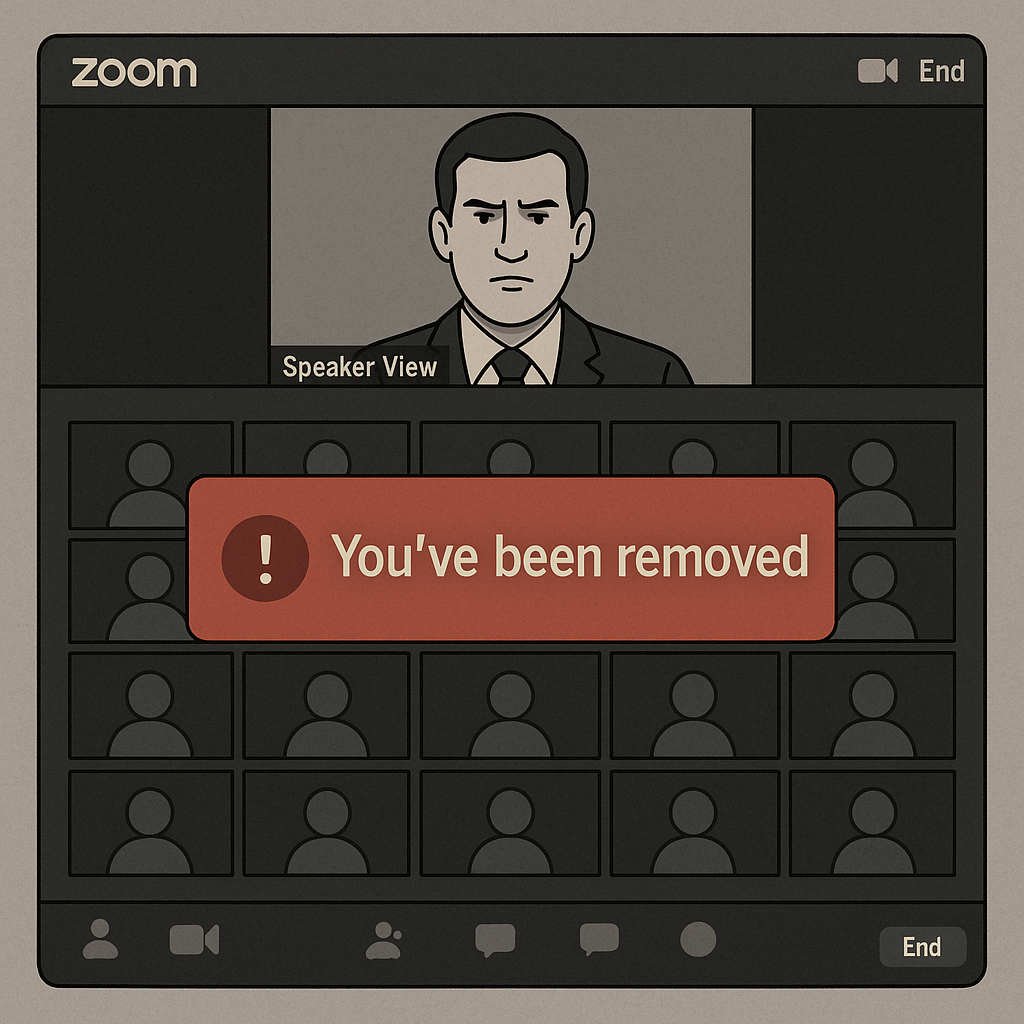Your decision, their consequences
Years ago, I was running the community at Trends by The Hustle. After HubSpot acquired it, things never felt quite right. While they’re a brilliant company, they didn’t know what to do with Trends. Direction was unclear, buy-in was shaky, and a few years later, the plug was pulled.
The sunset was messy. Instead of being guided toward a clear end, members were left scrambling. Six copycat groups popped up overnight, each fighting for attention. Posts turned self-promotional. DMs turned spammy. Engagement nosedived. Eventually, all of the hard-earned content—the reports, the recordings—was taken down. People felt robbed. To this day, former members still lament how poorly it was handled.
That was leadership making decisions in a vacuum.
Their decision. Everyone else’s consequences.
It shows up everywhere in business:
-
Layoffs made from spreadsheets. Leaders never have to look the person in the eye. (looking at you, Better)
-
Slick campaigns without substance. You lure people in with polish, but don’t back it with an experience that holds them. Customers feel bamboozled. (looking at you, ReMarkable)
-
Friction disguised as strategy. Hard-to-cancel memberships, endless upsells, pop-ups before you can even browse. It “works” in the short-term, but erodes trust long-term. (looking at you, LA Fitness, now being sued by the FTC)

The problem is distance.
In our personal lives, the loop between decision and consequence is usually short. If you say something careless to a friend, you see the hurt cross their face. If you flake on a commitment, you feel the tension in the relationship almost immediately. Business severs that loop. The person who clicks “approve” on a campaign, policy, or layoff plan rarely has to sit with the fallout in real time. That distance makes it dangerously easy to grow out of touch with the impact of your choices.
When you don’t have to face the human impact of your choices, you start measuring in metrics instead of meaning. And when that happens, you build businesses that are good at acquisition but terrible at retention.
So how do you avoid it?
-
Build a customer pressure test. Before approving a big decision, run it through the lens of a real customer. How would it feel if you were on the receiving end? Would you brag about this practice—or hide it?
-
Close the empathy gap. Don’t rely solely on reports or dashboards. Sit in on support calls. Read unfiltered feedback. Watch how people actually interact with your site. The closer you are to the experience, the less likely you are to create blind spots.
-
Don’t scale messes. When your gut says something feels off, don’t shove it into the “fix later” pile. Later is too late. Small cracks widen when scaled. Slow down now, so you can speed up sustainably later.
You can’t afford to make decisions without pressure-testing them through the eyes of your customer. Because every shortcut, every dark pattern, every “growth hack” has a cost—and you might not be the one paying it.
If this sounds familiar in your own company, it might be time for an audit. I run a 30-day Customer Experience Audit that surfaces these blind spots and lays out a plan to fix them. Flat fee. Fast turnaround. Details here.
Every decision lands somewhere. If you’re not the one feeling it, your customers are.
-April
PS: The waitlist for the Start Your Community bootcamp is growing. If you're looking to build a full attention/ retention machine around your idea, holla.





